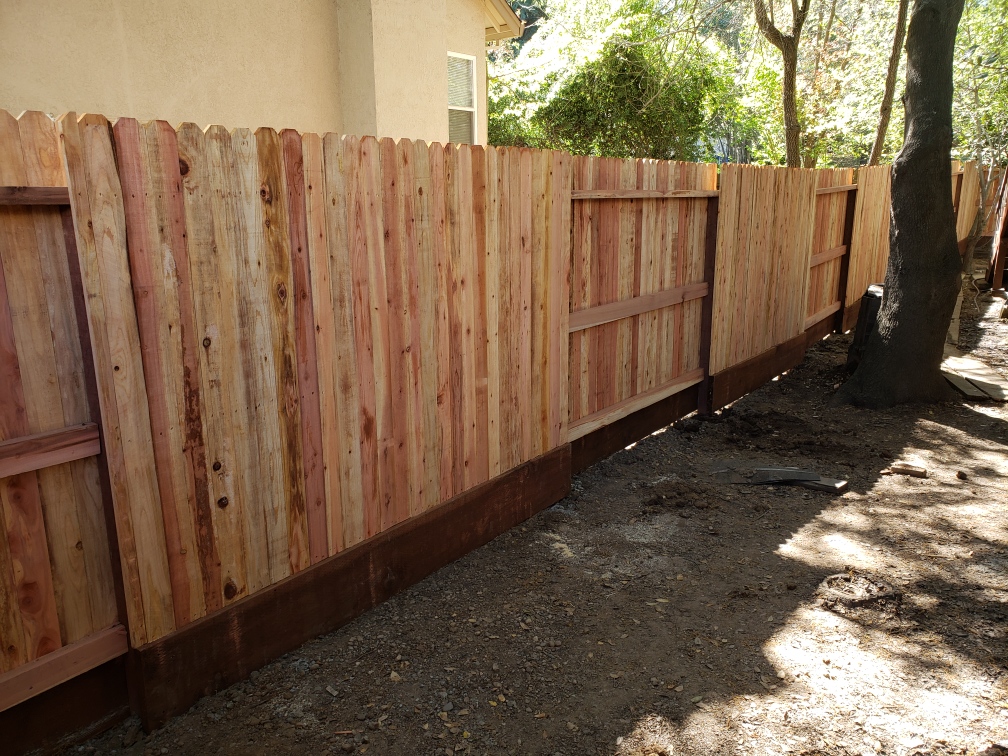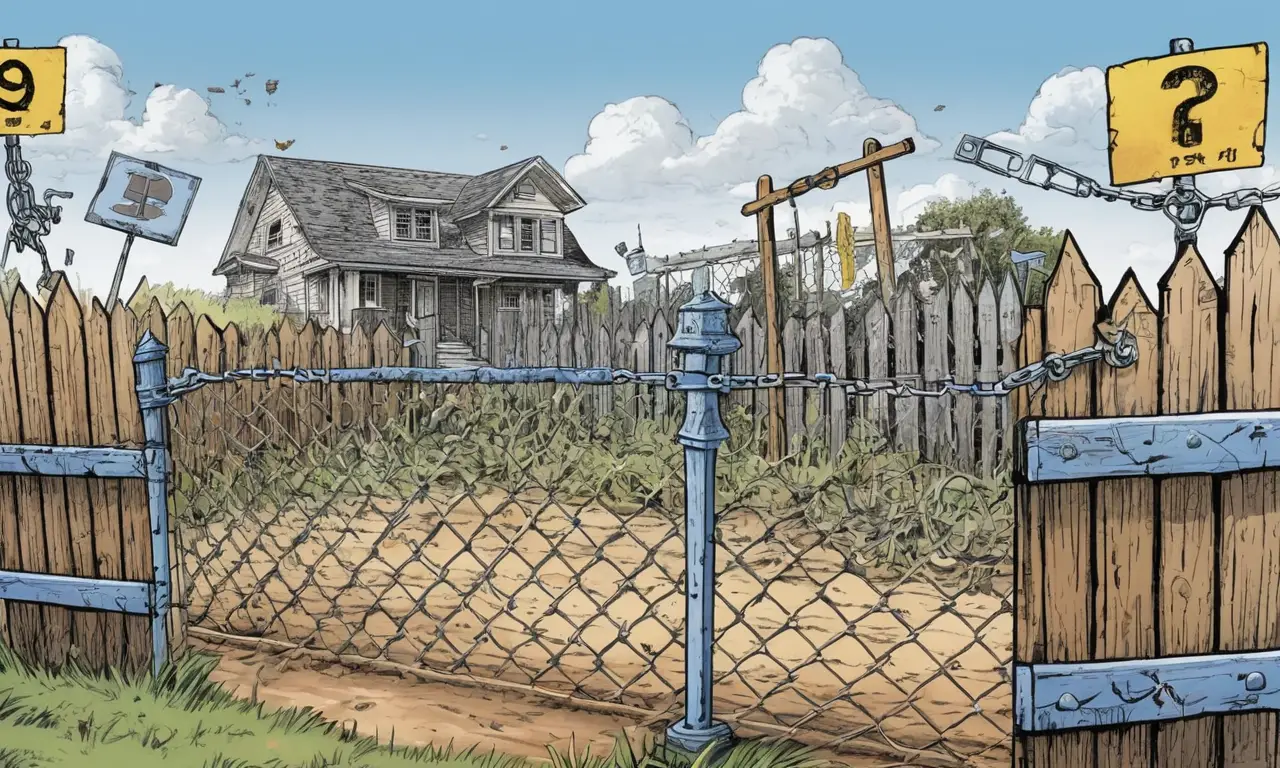
Building a fence between your property and your neighbor’s can be a great way to enhance privacy, security, and curb appeal. However, the question of who pays for the fence often arises, leading to potential disagreements and complications. Understanding the legal framework surrounding fence ownership and cost sharing is crucial to avoid future conflicts. This article will delve into the various factors influencing who pays for a fence between neighbors, providing you with the information needed to navigate this common dilemma.
This article will explore the general principles of fence cost sharing, examine the legal considerations involved in fence ownership, discuss the importance of property lines and proper fence placement, highlight the significance of neighbor agreements and contracts, and emphasize the value of consulting professionals for guidance.
Fence Cost Sharing Between Neighbors
The most common approach to who pays for a fence between neighbors is equal cost sharing. This means that both parties contribute equally to the total expense of constructing the fence. This arrangement often works well when neighbors have a good relationship and are willing to cooperate. However, there are situations where this principle may not apply.
For instance, if one neighbor primarily benefits from the fence (e.g., it provides increased privacy for their backyard), they might be expected to bear a larger share of the cost. Conversely, if the fence serves a shared purpose, such as defining property boundaries or enhancing security for both properties, equal cost sharing may be more equitable.
It’s important to remember that local ordinances and homeowner association (HOA) rules can also influence fence cost sharing arrangements. Some jurisdictions may have specific regulations regarding fence height, materials, and who is responsible for the costs.
Legal Considerations for Fence Ownership

Fence ownership can become a complex legal issue if neighbors disagree on responsibility. In many cases, the property line determines fence ownership. Generally, a fence erected along the property line is considered jointly owned by both neighbors. This means that both parties have an equal right to maintain and repair the fence.
However, there are exceptions to this rule. For example, if one neighbor builds a fence entirely on their own property, they would be solely responsible for its maintenance and ownership. Conversely, if a fence encroaches onto another neighbor’s property without permission, the owner of the encroaching fence may be liable for damages or required to remove the offending portion.
It’s crucial to consult local ordinances and legal professionals to clarify fence ownership rights in your specific situation.
Property Lines and Fence Placement
Accurate property line identification is essential when determining who pays for a fence between neighbors. A fence placed incorrectly can lead to disputes over ownership, access, and liability. Before starting any construction, it’s highly recommended to have a professional surveyor determine the exact location of your property lines.
This information will ensure that the fence is built within your property boundaries and avoid potential conflicts with your neighbor. Remember, even minor discrepancies in fence placement can have significant legal and financial consequences down the line.
Neighbor Agreements and Contracts

To prevent misunderstandings and future disputes regarding who pays for a fence between neighbors, it’s highly advisable to establish a clear agreement in writing. This agreement should outline:
- The purpose of the fence (e.g., privacy, security, boundary definition)
- The responsibilities of each party for construction, maintenance, and repair
- The cost sharing arrangement, including any agreed-upon percentages or contributions
- Any provisions regarding future modifications or alterations to the fence
- A dispute resolution mechanism in case disagreements arise
Having a written agreement signed by both parties provides legal protection and establishes a framework for cooperation.
Consulting Professionals
When facing complex issues related to who pays for a fence between neighbors, consulting professionals can be invaluable. Real estate attorneys specializing in property disputes can provide legal advice tailored to your specific situation, ensuring you understand your rights and obligations.
Similarly, experienced contractors can offer guidance on construction costs, materials, and local building codes. By seeking professional assistance, you can navigate the complexities of fence ownership and cost sharing with confidence and minimize the risk of future conflicts.
Conclusion
Determining who pays for a fence between neighbors requires careful consideration of legal factors, property lines, neighbor agreements, and local regulations. While equal cost sharing is often the most straightforward approach, various circumstances may necessitate different arrangements.
By understanding these principles and seeking professional guidance when needed, you can ensure a smooth and amicable process for building your fence while maintaining positive relationships with your neighbors. Remember, clear communication, mutual respect, and a willingness to compromise are essential for resolving any potential disputes and creating a harmonious living environment.
